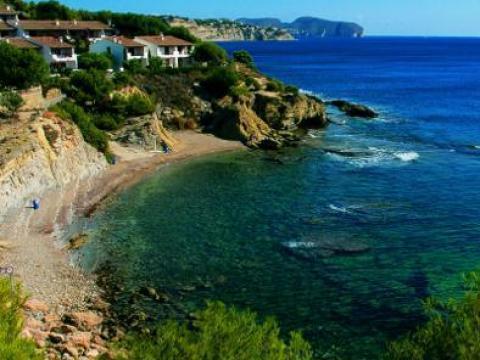Alicante, Comunidade Valenciana, Spain
Suggest Place to Visit
6356
Track to location with GPS |
 |
Different discoveries suggest the development of certain prehistoric activity in Benissa. The discovery of three small cave paintings, in the rural area of Pinos, as well as coins, amphoras, etc. It also indicates the passage of the Romans through these lands.
The origin of the Benisa toponym is Arabic: A tribe name, like that of many other towns in the Spanish Levant. Also today most of the rural parts of the term retain their Arabic name: La Alfama, la Rápita, el Rafalet ... This confirms the historical thesis that indicates the existence of an important Arab population nucleus when the hosts of Jaime I of Aragon arrived in Benisa in 1248, annexing the place to the Kingdom of Valencia.
Along with Altea, Calpe and Teulada, he was part of a lordship, one of whose lords was Roger de Lauria. Throughout the 15th and 16th centuries it suffered numerous attacks from Berber pirates. The population continued to be predominantly Muslim, although widely distributed throughout the countryside, while the Christian population settled mainly in the urban area. Therefore, the expulsion of the Moors in 1609 was followed by a repopulation with people from the Pyrenees, Catalonia and Aragon, who proceeded to wall the town.
Benisa (in Valencian and officially Benissa) is a municipality and city in the Valencian Community, Spain. Located in the northeast of the province of Alicante, in the Marina Alta region. Its municipal area, of 69.7 km², has 4 km of coastline. It has 15,254 inhabitants (INE 2008).
Geography
The municipality of Benisa has a surface that presents a very irregular shape and with a very heterogeneous orography. From the coast, formed for the most part by small coves and cliffs, to the mountainous areas, formed by the Oltá, La Solana, La Malla Verda and the most prominent, the Bernia mountains, with its almost 1,200 meters high . The urban nucleus is located around 200 meters above sea level. In the 4 km of coastline of the municipality, its coves and beaches of sand, gravel or bowling stand out, with rocky bottoms that are suitable for diving and sailing. Of all of them, the busiest is La Fustera beach, which is the one with the greatest number of services as well as an area for sports and children's games.
Benisa also has a Les Basetes marina, located practically on the border with Calpe, which offers the services of a bar, restaurant, sailing school, and diving center.
Communications
It is perfectly communicated with other towns on the Costa Blanca, Spain and the rest of Europe through the national highway N-332 which passes through the center of the city and from which work is being carried out to make a bypass to the city, the AP-7 motorway with exit -Benisa-, the narrow-gauge railway FGV (the Marina train) and buses that cover both the national and international lines.
Buildings and monuments
Town Hall: It is located in the Plaza del Portal. It has been installed on the old Municipal Hospital, erected in 1790. For long periods of time it was a shelter for contagious and needy patients.
Iglesia de la Purísima Concepción: Neo-Gothic in style. It is also known as the Cathedral of the Navy due to the magnitude of its dimensions. Its construction finished in 1929.
Old Church Square: There was the Church-Fortress of San Pedro built in the S. XIV. It was reformed in the 16th century and this is how it remained until it was destroyed in the early 1950s. Currently it is a secluded square whose use is intended for the realization of
various cultural events, among others.
University headquarters of the University of Alicante: Manor houses and palaces from the 18th century that currently make up, as a whole, an important educational center, dependent on the University of Alicante, with a wide training offer.
La Lonja: It is the oldest monument in the municipality. It dates from the 16th century. It currently houses traveling exhibitions of high artistic and cultural value. Today it houses a center for traveling exhibitions of high historical and cultural value. It has a marked medieval character composed of three bodies with an arcade of ashlar masonry with three eyes on its lower floor and dating from the 16th century. Formerly the upper floor was the Municipal Council and the lower part was dedicated to commercial transactions.
Riberero: The riberero is a very symbolic figure and corresponds to the Benisero peasants who emigrated twice a year to the Valencian riverbank to plant and harvest rice. It appears in a prayerful position due to the custom they had of praying before the stone of the salve before starting the trip.
Culture House: Palacio de los Torres-Orduña that currently houses the Library, Exhibition Rooms, Classrooms and Assembly Hall for the celebration of various acts and events
Casa de Juan Vives: An anecdote tells that the owners hosted two pilgrims who, upon leaving the house and as a token of appreciation, gave the owners the miraculous image of the Immaculate Conception, currently the patron saint of the municipality.
Casa de la Juventud: It was a commercial building. The weekly market was held on the ground floor. The town hall was in the Casal until it was moved to the current building. Currently this building houses the Youth Information Office and an Exhibition Hall and classrooms.
Convent of the Franciscan Fathers: It dates from 1645. We can see a marked defensive character on its facade. The cloister and the single-nave church stand out.
Franciscan Seminary: It was of great importance because it trained many young people from all over the country. In this seminary the first cycle of religious education was taught to become a Franciscan. It currently houses the offices of Creama and Afic.
Typical gastronomy
A traditional Benisa saying is ´´pulpo y misa´´ (polp i missa) and it refers to one of the local gastronomic traditions: the octopus stew, where the meat is substituted for rock octopus. Benisa, like its environment combined by sea and mountains, mixes the typical seafood specialties with the rural ones, hence its extensive and varied gastronomic repertoire: melva casserole, ´´cocas in the oven´´ or ´´s blood with onion´´ (sang amb primes).
One of the gastronomic riches for which Benisa is known is for its sausages, the best in the Marina Alta. Linked to the grape and the riu rau culture, in Benisa you can taste two different types of broths, muscatel and mistela.
Parties
The main festivals that the town follows with great devotion are the patron saint festivities in honor of the Immaculate Xiqueta, which are celebrated on the fourth Sunday in April and last 10 days. In them we can highlight the free concerts, the bullfighting acts and the emotional rise and fall of the Virgin, before and after the procession, which many Beniseros attend.
Other notable festivals are those of the Moors and Christians, which are celebrated in honor of San Pedro, the weekend closest to June 29.
In addition to these two festivals, the Fair and Porrat in honor of San Antonio are also celebrated in January, which lasts three weekends, in the last of which a medieval fair is also held.
And finally, Benisa has many rural parties, and both they and some neighborhoods in the urban nucleus have their small neighborhood party, such as the San Antonio neighborhood parties that are the most traditional in the population, all of which are held in summer.
Les Basetes Nautical Club
La Fustera Beach
Canor Turret
Comments
We don´t have yet any comments about:
Benisa
Benisa
Be the first to leave a comment as it is very important to inform other people
Outros locais a visitar
Within a radius of 20 km from:Benisa
Calpe city |
| 7,7 Km |
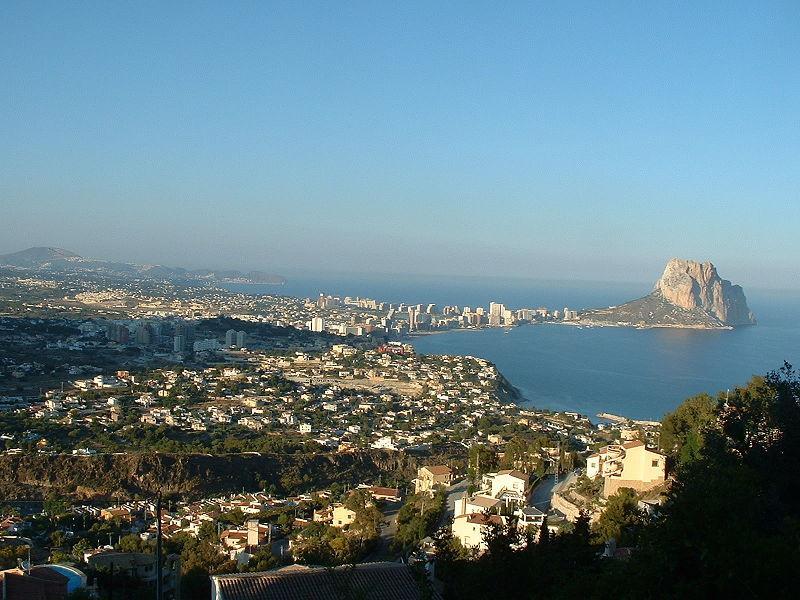 |
Natural Park of the Macizo del Montgó |
| 11,8 Km |
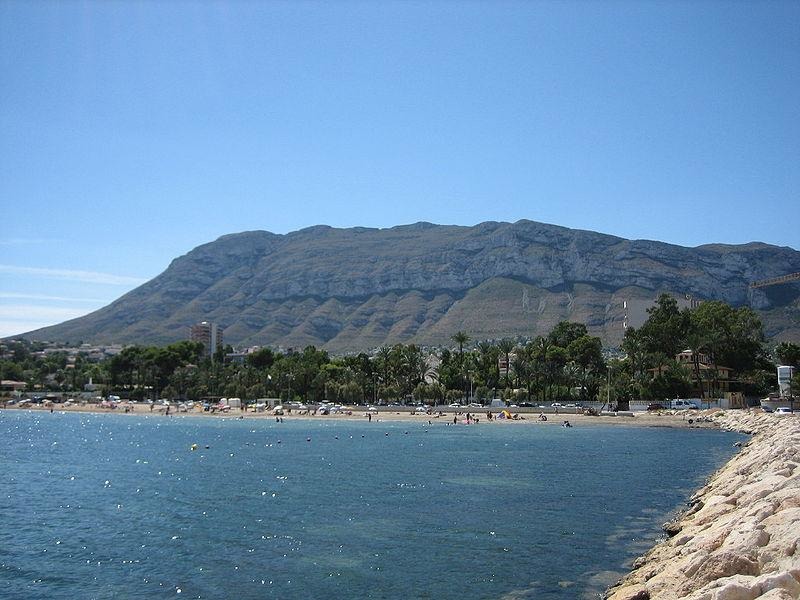 |
Javea |
| 12,5 Km |
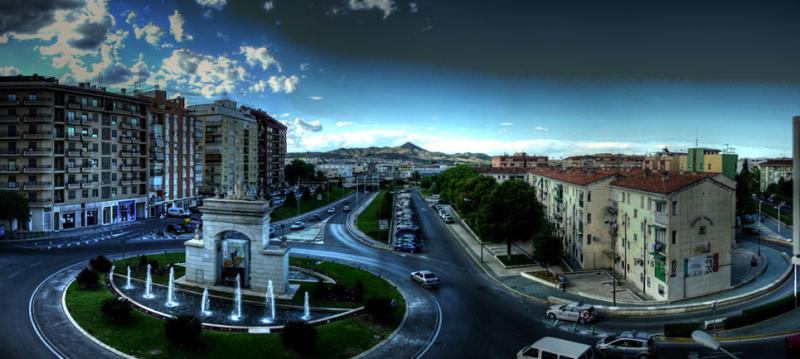 |
Denia |
| 15,2 Km |
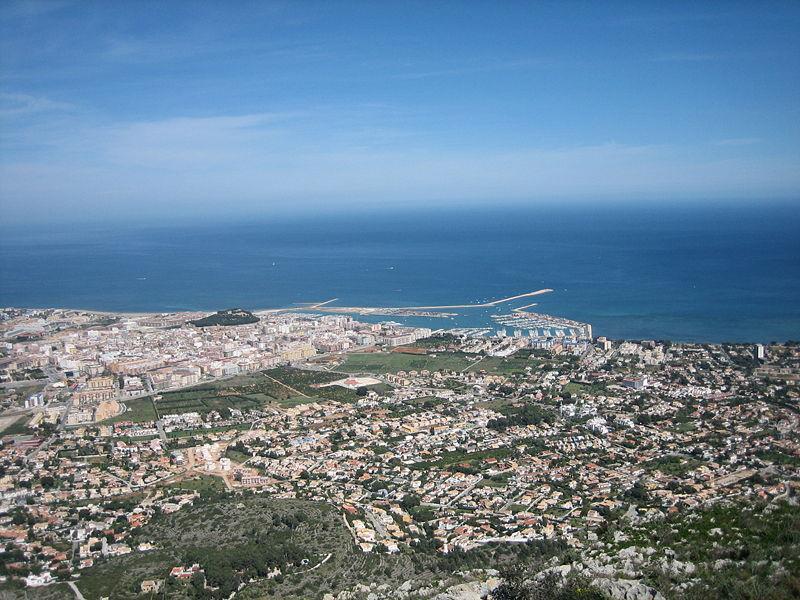 |
Cabo de la Nao (Jávea) |
| 15,5 Km |
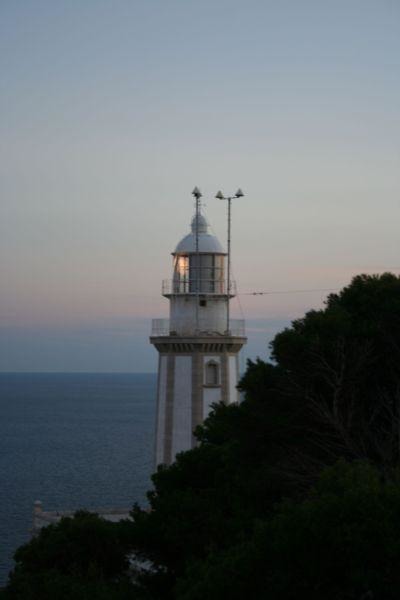 |
Altea |
| 15,6 Km |
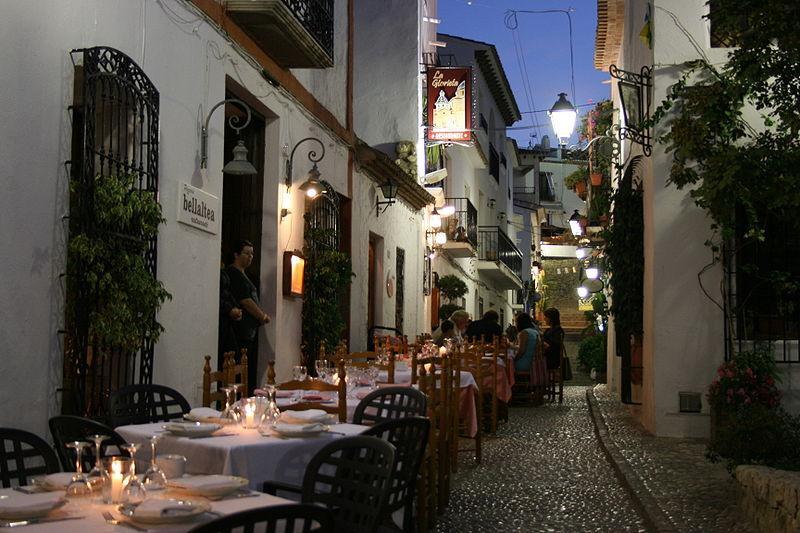 |
Cap Blanch |
| 18,5 Km |
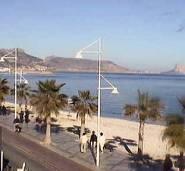 |
Hotel reservation near Benisa within a radius of 20 km
Why to book with ROTAS TURISTICAS
The best prices
Our partnerships with the world´s largest operators offer research on the best market prices.
More options
At Rotas Turisticos you can book the hotel, buy the air ticket, book the transfer from the airport to the hotel and vice versa, book the local excursions, rent the car, take travel insurance and consult the places to visit and where to go.
Holiday Tips & Destinations
Hundreds of holiday destinations with all the options that allow you to easily choose the destination that best suits your dream vacation.
ROTAS TURISTICAS
Links


